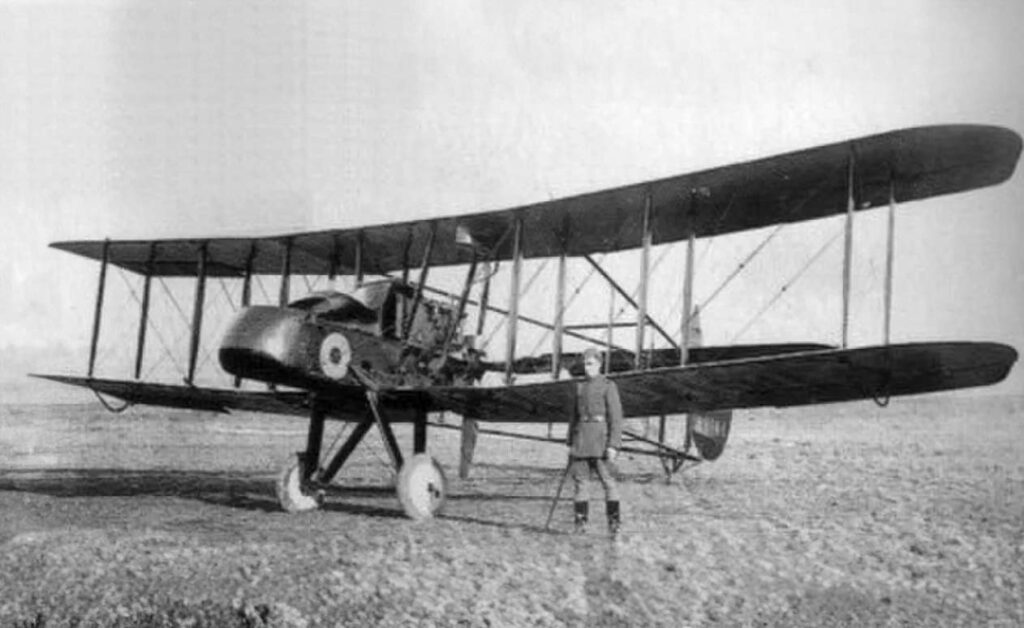Explore the Royal Aircraft Factory F.E.2, a pivotal British night bomber of 1915, known for its role in WWI, featuring unique design and combat capabilities.
This article provides a detailed analysis of the Royal Aircraft Factory F.E.2, a British night bomber aircraft developed in 1915. It covers the historical context of its development, design characteristics, performance metrics, military role, and its significance in World War I aerial combat. The Royal Aircraft Factory F.E.2, a key player in the early years of aerial warfare, marked a significant advancement in military aviation during World War I. As the nature of warfare evolved, the need for effective night bombing aircraft became crucial, leading to the development of the F.E.2.
History of the Development of the Royal Aircraft Factory F.E.2
The early 20th century, particularly the onset of World War I, witnessed an unprecedented demand for advanced military technology. Air superiority emerged as a decisive factor, prompting nations to develop more capable aircraft. The Royal Aircraft Factory in the United Kingdom, recognizing the need for a versatile night bomber, initiated the F.E.2 program.
Designed by Geoffrey de Havilland, the F.E.2 (Farman Experimental 2) first flew in 1914. It was a response to the growing need for aircraft capable of performing various roles, including reconnaissance, bombing, and fighter duties. The development of the F.E.2 was part of Britain’s efforts to counter the German air threat and to establish dominance in night bombing operations.
Design of the Royal Aircraft Factory F.E.2
The F.E.2 featured a distinctive pusher configuration, with a length of 9.83 meters (32 feet 3 inches) and a wingspan of 14.63 meters (48 feet). This design allowed for a clear field of fire for the observer/gunner located at the front of the aircraft. The aircraft’s frame was primarily constructed from wood, with fabric covering.
One of the major advantages of the F.E.2’s design was its excellent field of view and defensive armament positioning. However, the pusher configuration posed limitations in speed and maneuverability. The aircraft’s structural design was innovative for its time, but it quickly became outdated as aviation technology advanced rapidly during the war.

Performance of the Royal Aircraft Factory F.E.2
Powered by a Rolls-Royce Eagle engine, the F.E.2 produced around 250 horsepower (186 kW), achieving a maximum speed of approximately 132 km/h (82 mph) and a service ceiling of 3,050 meters (10,007 feet). Its range was limited, suitable primarily for short-range missions.
In comparison with contemporaries like the German Albatros fighters, the F.E.2 was less agile and slower. However, its robust design and effective armament configuration made it a formidable night bomber and a decent fighter during its operational period.
Military Use and Combat of the Royal Aircraft Factory F.E.2
Armed with one or two .303 Lewis guns and capable of carrying a modest bomb load, the F.E.2 was versatile in its roles. It saw extensive use in various theatres of World War I, notably in night bombing raids over German positions and in air-to-air combat.
The F.E.2 faced formidable adversaries, including the Fokker Eindecker and later, more advanced German fighters. Its performance in combat was a mix of successes and challenges, with its vulnerability to newer aircraft becoming increasingly apparent.
The aircraft was not widely exported and was primarily used by the Royal Flying Corps. It remained in service until 1917, eventually being replaced by more advanced aircraft such as the Bristol F.2 Fighter.
The Royal Aircraft Factory F.E.2 stands as an important symbol in the evolution of military aviation during World War I. Its unique design and versatile capabilities played a crucial role in the early stages of night bombing and aerial combat. While it was eventually outclassed by newer aircraft, the F.E.2’s contribution to the development of multi-role combat aircraft remains a significant chapter in aviation history.
Back to the Bombers section.